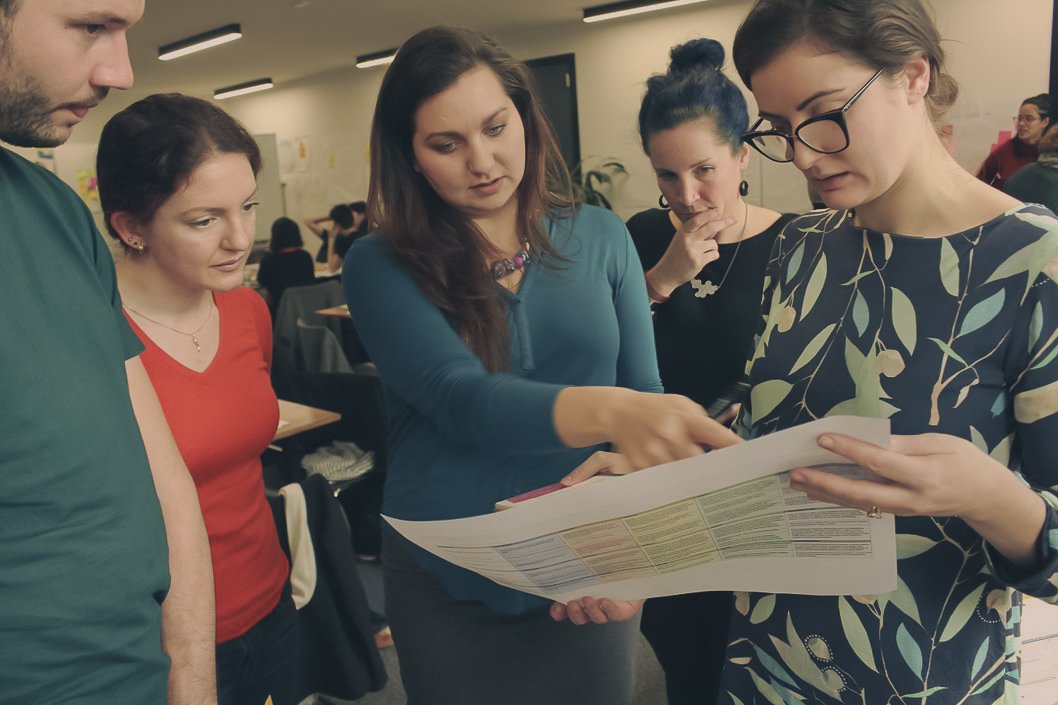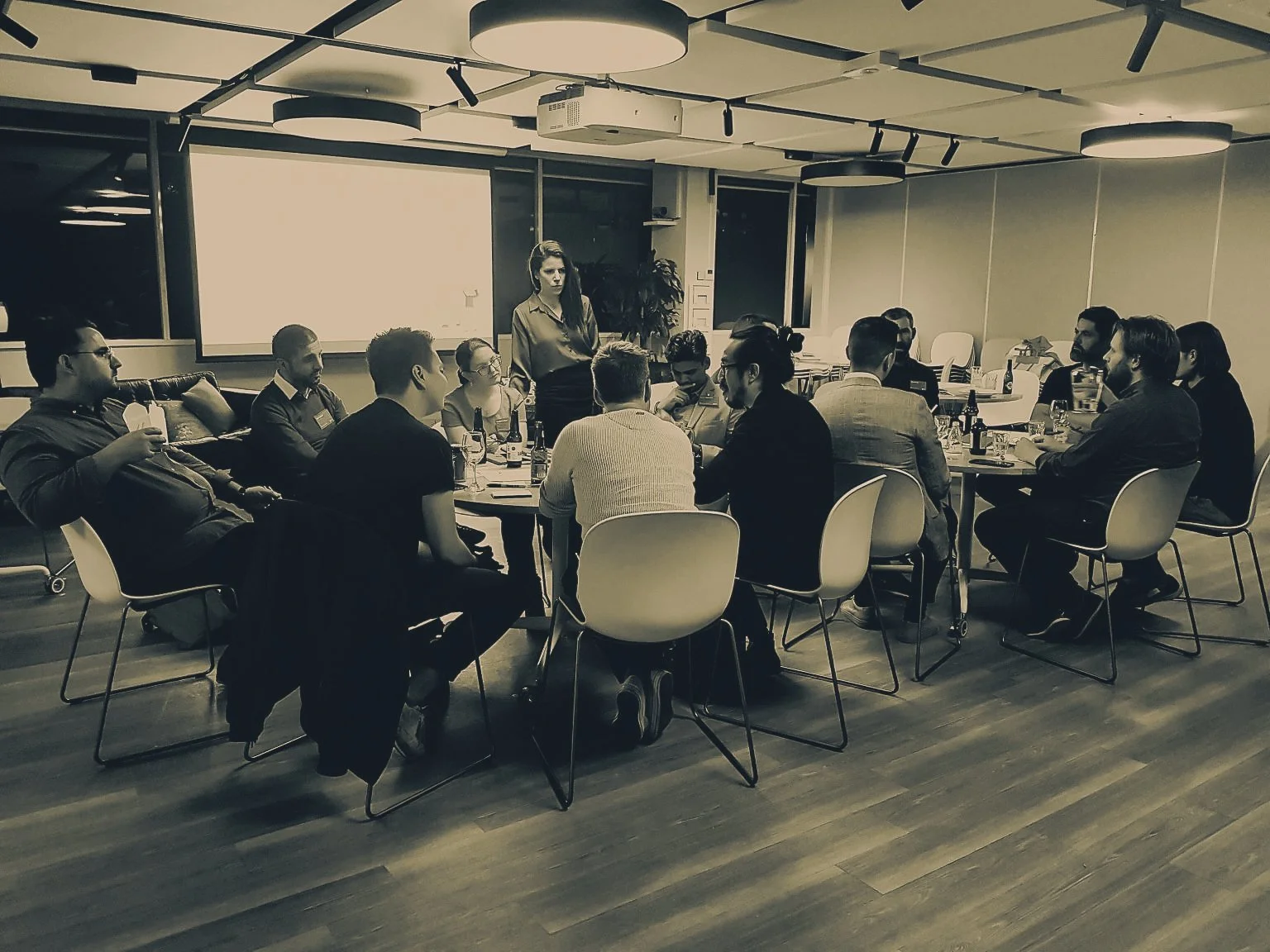Experience and Design Strategy
As a self-proclaimed Futuristic, I have my sights set on the North Stars of the future.
My intuition and past experiences play a significant role in shaping my forward-thinking mindset. However, I realised that achieving my goals and executing on my vision required more than just a futuristic outlook. It called for a greater focus on strategic planning. Throughout my career, I was fortunate enough to work alongside some exceptional strategic planners who imparted invaluable lessons and strategies that I incorporated into my own toolkit. I found the art of strategic planning to be incredibly fascinating and continue to seek out opportunities to expand my knowledge in this area.
Check out the examples below that highlight my experience setting and executing on design strategy
Experience and Design Strategy
Design Vision
Seer's product line has experienced noticeable inconsistencies in its design language, along with a disconnect between marketing and software design. Despite receiving awards for its flagship medical device, the company has not delivered the same level of innovation, uniqueness, and consistency for its software and marketing design. As part of my discovery, I identified several additional problems:
Seer's brand values were outdated and had not been implemented.
The design team lacked agreed-upon design principles to guide their decision-making during individual tasks and design reviews.
The design team lacked effective tools to communicate design rationale and engage with non-designers
Seer Medical
It became apparent that a design refresh was needed, but it was contingent upon completing some foundational work. To address these requirements, I developed a strategic plan that incorporated a few fundamental cornerstones. This included alignment around Seer’s mission and purpose, establishment of a brand personality, formulating design principles, Archetypes, scope of work and creation of a new end to end design language. Please note that I was not able to complete this plan before leaving Seer.
Experience and Design Strategy
Design OKRs
During my tenure at A Cloud Guru, I successfully established design as a driving force in achieving the company's strategic objectives. This was achieved by collaborating with leaders in engineering, product, and research to identify high-level goals and key results. As our company approached acquisition, our CEO recognised the potential of targeting enterprise customers in the US market. However, little was known about these clients, their needs, and the ecosystems in which they operated. To address this, my Lead Design Researcher and I established a company-wide key result focused on conducting foundational research that would contribute to the objective of "laying the foundations to scale and grow enterprise accounts in the U.S."
The outputs included sharing of insights, a JTBD framework and a flywheel
Another notable accomplishment was working alongside engineering leadership to establish a department-wide objective centred around performance and usability. The objective was to create a fast, stable, and user-friendly learning experience, with key results aimed at improving the Calibre Performance scores on learner experience from 49%, investigating and monitoring frustration signals resulting in a 20% reduction by the end of the year, and setting additional objectives around accessibility improvements and customer satisfaction scoring for migrated customers.
A Cloud Guru
Experience and Design Strategy
From Vision to Fruition
SEEK
I had a vision. It involved shredding a legacy product in SEEK’s portfolio.
In short- companies looking for talent were using our platform to get exposure for their ads.
They even paid EXTRA to stand out from the crowd and showcase their brand. Little did they know that this was only visible on desktop. Our prices were going UP but so were the numbers of views on mobile (on the expense of desktop views). Customers were paying more for a service that candidates increasingly didn’t see.
Additionally, SEEK was hiring a full time engineer to custom build these branded experiences (that weren’t supported on mobile). As the story became clear and the problem ran deep, I was told to let it go.
I didn’t 💪🏼
I started pulling a hack team together. Engineers, Design, Sales strategy, Commercial Excellence. We all played our parts: 1. I was leading the redesign across the board. 2. Two system engineers were using system components to craft the demo and testing how this might scale. 3. Commercial Excellence and Sales were working on insights gathering and a financial pitch.
Our live demo and compelling sales pitch gave us the ‘Ship It’ award and a product team was later established to oversea the new offering (Hirer Branding team).
After the hack, I took on multiple roles within the team. Firstly, I delegated the design responsibilities to my team members and encouraged them to give it a more thorough consideration. Although I led the creative aspects, I refrained from making any more direct design decisions. Secondly, I collaborated closely with the project manager, who took the lead on scoping and planning for the product. Lastly, I led the change management activities required to retire the legacy product and shift a few roles.
Our initial revenue prediction for SEEK was $5.7m, but we exceeded our expectations by generating nearly $10m in the first year of operation
Experience and Design Strategy
Design Research Roadmap
Upon joining Seer Medical, I observed a siloed approach to design research, where different designers had different definitions for the same user types and varying documents to define their needs and JTBD.
First step was hiring an experienced design researcher! Check ✅
Second, they was asked to formulate a research plan that will establish a unified definition of the target users, their needs and jobs. To compliment Seer’s strategy for the quarter <Objective- Leverage opportunities and pursue controlled growth in the U.S market>, the plan began with medical practitioners, who are the primary buyers of Seer Medical's products.
One limitation we faced was the time constraints of medical practitioners. Any research conducted had to be concise, focused, and provide high value to them. Therefore, we opted to begin by gathering internal insights to gain a better understanding of the knowledge gaps we had within this segment. This approach allowed us to refine our understanding of medical practitioners' needs and JTBD before conducting external research.
Seer Medical
Gallery of additional projects
Although my presentation below is brief, I have a wealth of details to share. If you're interested in learning more about any of these projects, feel free to ping me for a chat.

Sharing session between Industrial design and Software design @ Seer 2023

Illustration workshop @ SEEK 2018

Competency Framework workshop @ SEEK 2018

Design Leadership VIP event @ SEEK 2019





